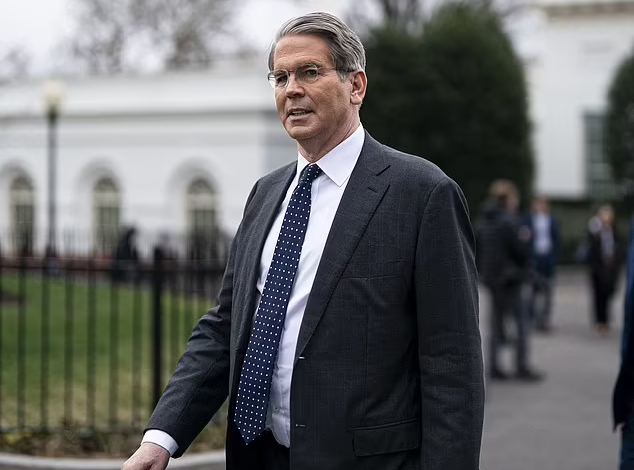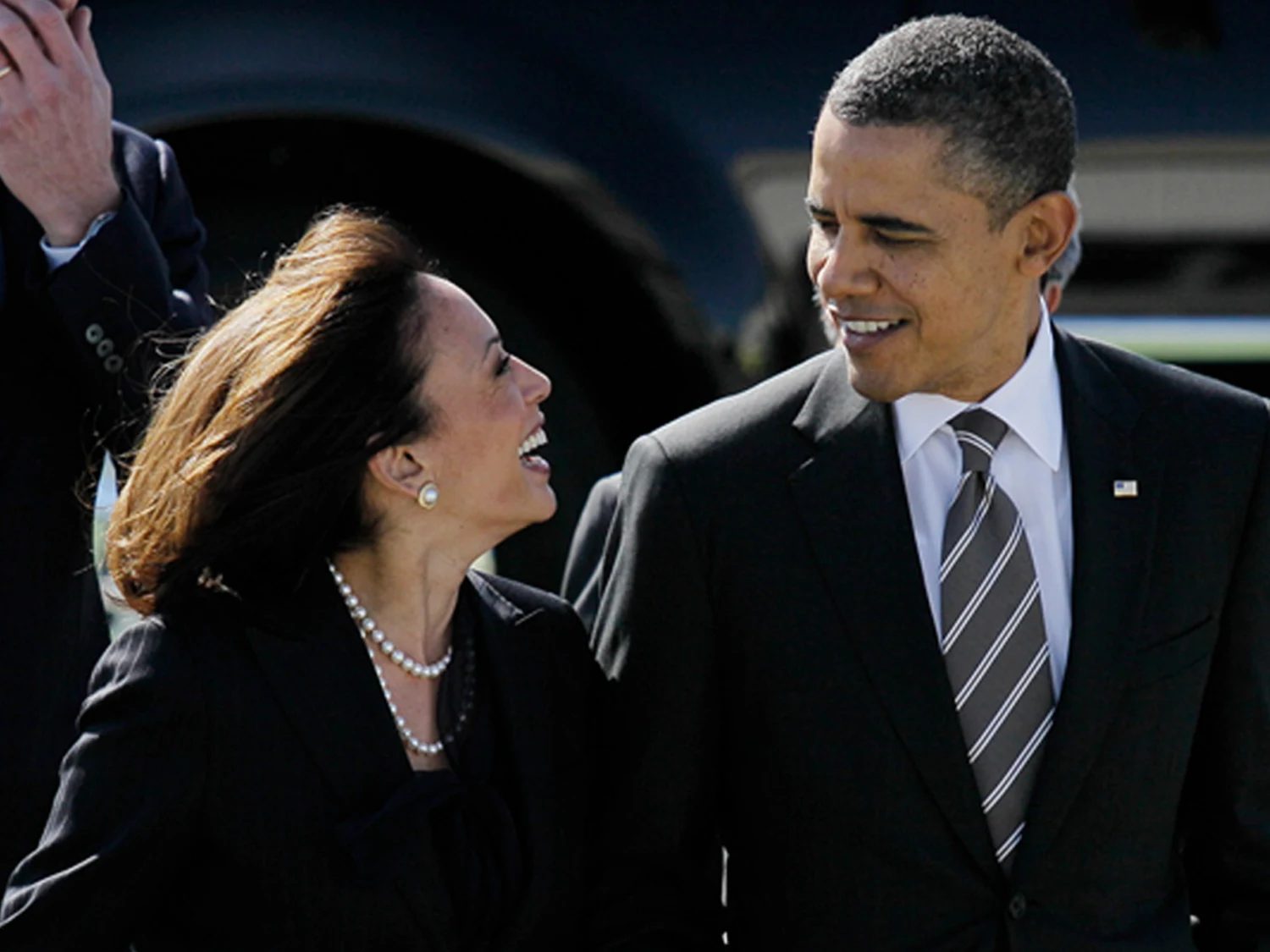The US Treasury Department has drawn down its cash reserves at an unprecedented rate, spending $286 billion in March alone, the Daily Mail reports.
This marks the largest single-month decline in American history, surpassing the previous record of $279 billion in August 2021 during the pandemic.
As a result, the Treasury General Account (TGA)—the government’s central account for distributing funds like Social Security payments and government salaries—now stands at $280 billion. This is the lowest balance since 2023 when the US breached its debt ceiling, prompting emergency action by lawmakers to prevent default.
The current situation stems from a 2023 agreement between then-President Joe Biden and then-House Speaker Kevin McCarthy, which temporarily suspended the debt ceiling. However, on January 2, 2025, a new limit of $36.1 trillion was reinstated. Since the US national debt now exceeds that cap at $36.6 trillion, the government has been unable to borrow more money and has instead relied on existing cash reserves to cover expenses.
Additionally, the Treasury has been using temporary accounting maneuvers known as “extraordinary measures” to manage spending. These measures provide short-term flexibility but cannot sustain government operations indefinitely. According to a March report from the Congressional Budget Office, the government may reach a financial breaking point by August or September unless action is taken.
If the US Treasury runs out of funds, the country could face its first-ever default on its financial obligations. Former Treasury Secretary Janet Yellen has warned that such a scenario would be “catastrophic,” potentially leading to:
A stock market crash, as global investors lose confidence in the stability of US government finances.
Significant losses in retirement accounts and college savings funds.
A possible recession, depending on how long a default lasts.
Higher interest rates, making mortgages and auto loans more expensive.
Historically, Congress has acted at the last minute to prevent default by raising or suspending the debt ceiling. Now, Republican leaders, who control both the White House and Congress, are considering another increase to allow for additional borrowing.
Senate Majority Leader John Thune is reportedly open to raising the limit by $4 trillion as part of a broader spending package. However, the House and Senate are still debating key elements of the plan, including a proposed $4.5 trillion in tax cuts.
The challenge lies in securing enough votes. A dozen Republican senators and nearly 50 House Republicans have never supported a debt ceiling increase, making negotiations difficult. Additionally, former President Donald Trump has backed raising the limit, setting up potential conflicts within his own party.








The latest news in your social feeds
Subscribe to our social media platforms to stay tuned